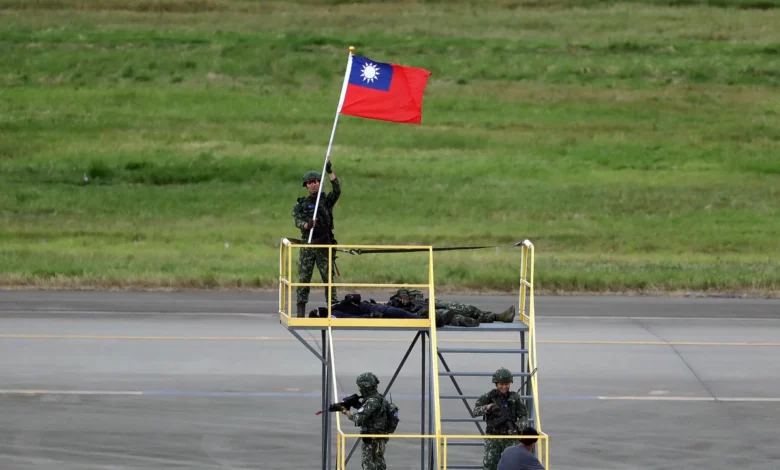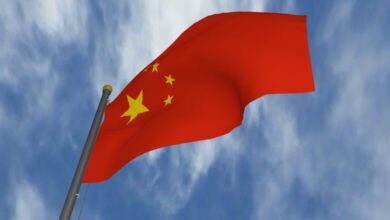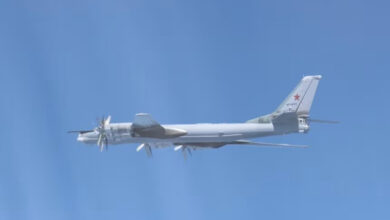
The package, which was first reported by Reuters, could be announced as soon as Friday, one official said, though the timing may shift.
This package marks the first time the US has transferred equipment to Taiwan under what’s known as Presidential Drawdown Authority, allowing the US to pull the weapons and other stocks directly from Defense Department inventories. Just like many of the weapons deliveries to Ukraine, this process accelerates the transfer of inventory.
It’s unclear what weaponry or equipment will be in the drawdown package or if the US will explicitly detail its contents, as it often does with Ukraine package.
In previous instances, the US has allowed Taiwan to purchase weapons from the US, a process which takes more time, instead of delivering the equipment directly from US inventories.
Taiwan’s most recent purchase last month included $332.2 million of 30mm ammunition and related equipment, as well as $108 million of logistics support.
The Taiwan Economic and Cultural Representative Office declined to comment.
In early-May, the island’s Defense Minister, Chiu Kuo-Cheng, said Taiwan was in talks with the US for a fast-tracked $500 million weapons package. The package, he said at the time, would make up for delays in the delivery of other weapons, some of which had been diverted to fulfill the urgent needs of Ukraine.
A week later, Defense Secretary Lloyd Austin told US lawmakers that a “significant” security package would be coming “soon” for Taiwan, part of the $1 billion Congress had authorized in drawdown authority for Taipei.
But the package was delayed, in part because of an accounting error that forced administration officials to recount the value of the equipment provided to Taiwan.
“This is the first time we have done a Taiwan PDA,” a senior administration official said earlier this month, “and it has taken a bit longer than we would normally expect.”
At the same time, the Biden administration pursued diplomatic progress with Beijing, trying to reopen frozen lines of communication and restart dialogue.
In June, Secretary of State Antony Blinken became the first top US diplomat to visit Beijing in five years. Blinken, who canceled a previous visit to Beijing after a Chinese spy balloon made its way across the continental United States, said the two countries had made progress toward improving and stabilizing relations between two superpowers. His visit was a litmus test for whether the governments, increasingly at odds over Taiwan and China’s actions in the Indo-Pacific, could prevent relations from further deteriorating.
In a sign of progress, Treasury Secretary Janet Yellen visited Beijing in early July.
This story is breaking and will be updated.




